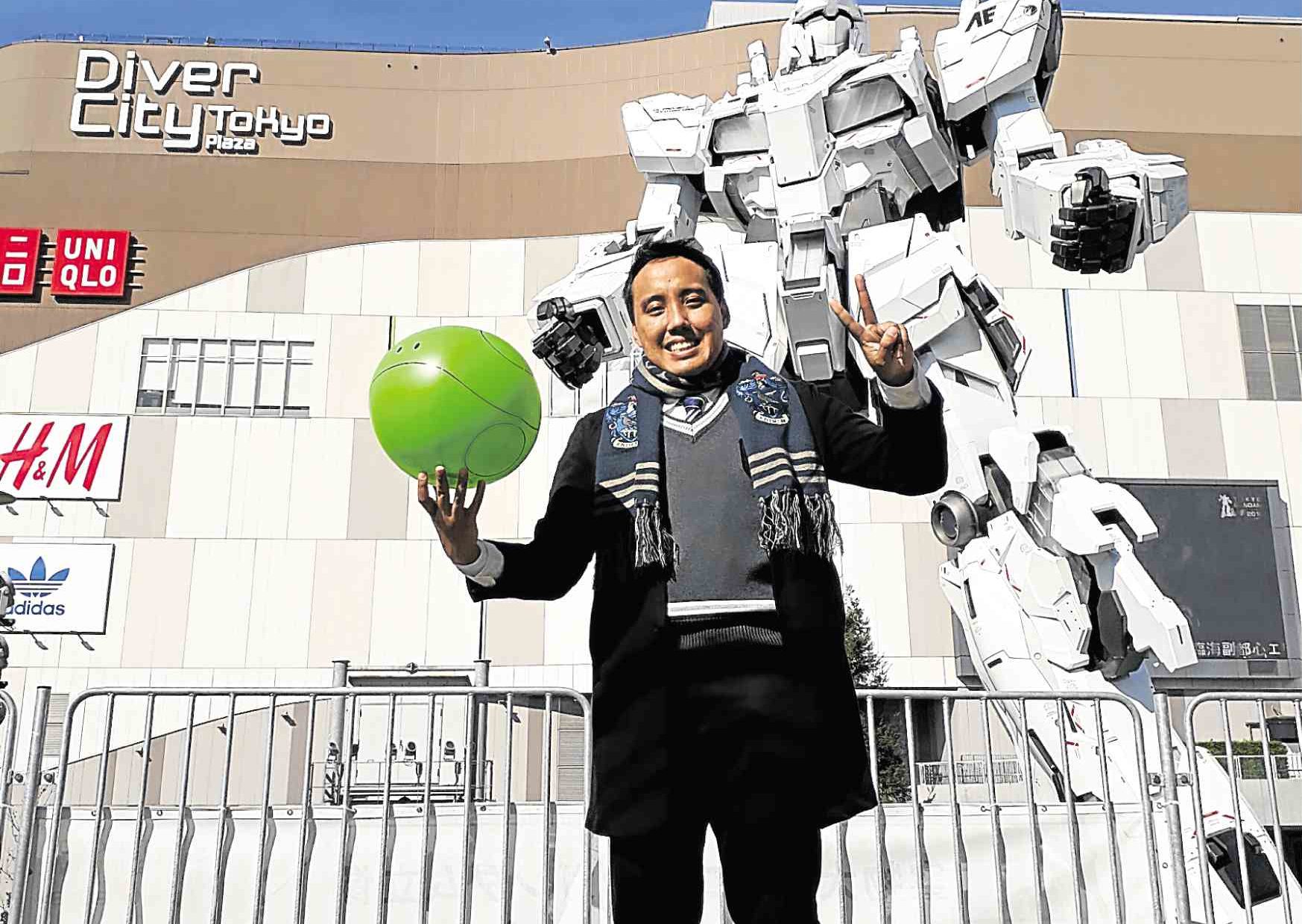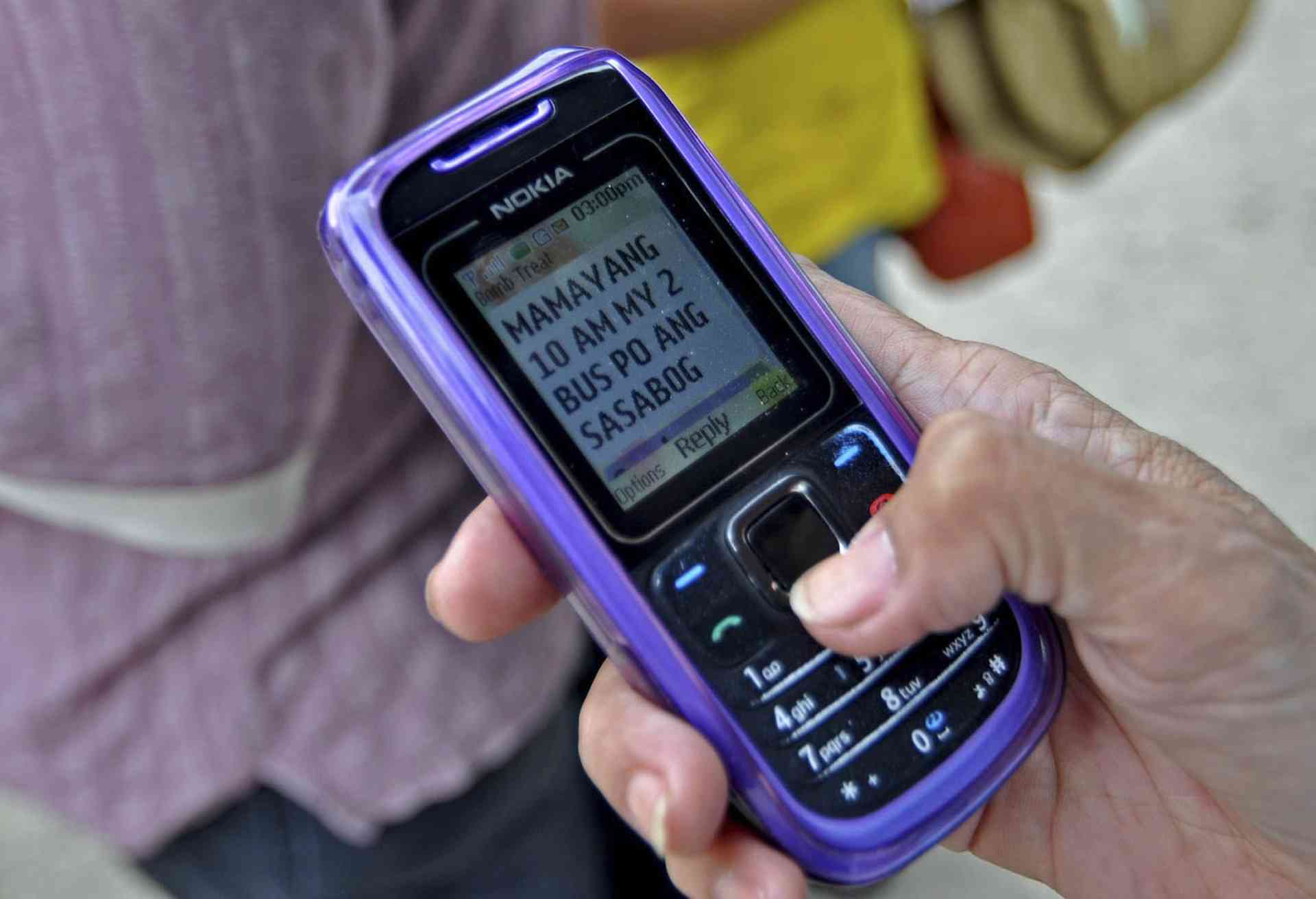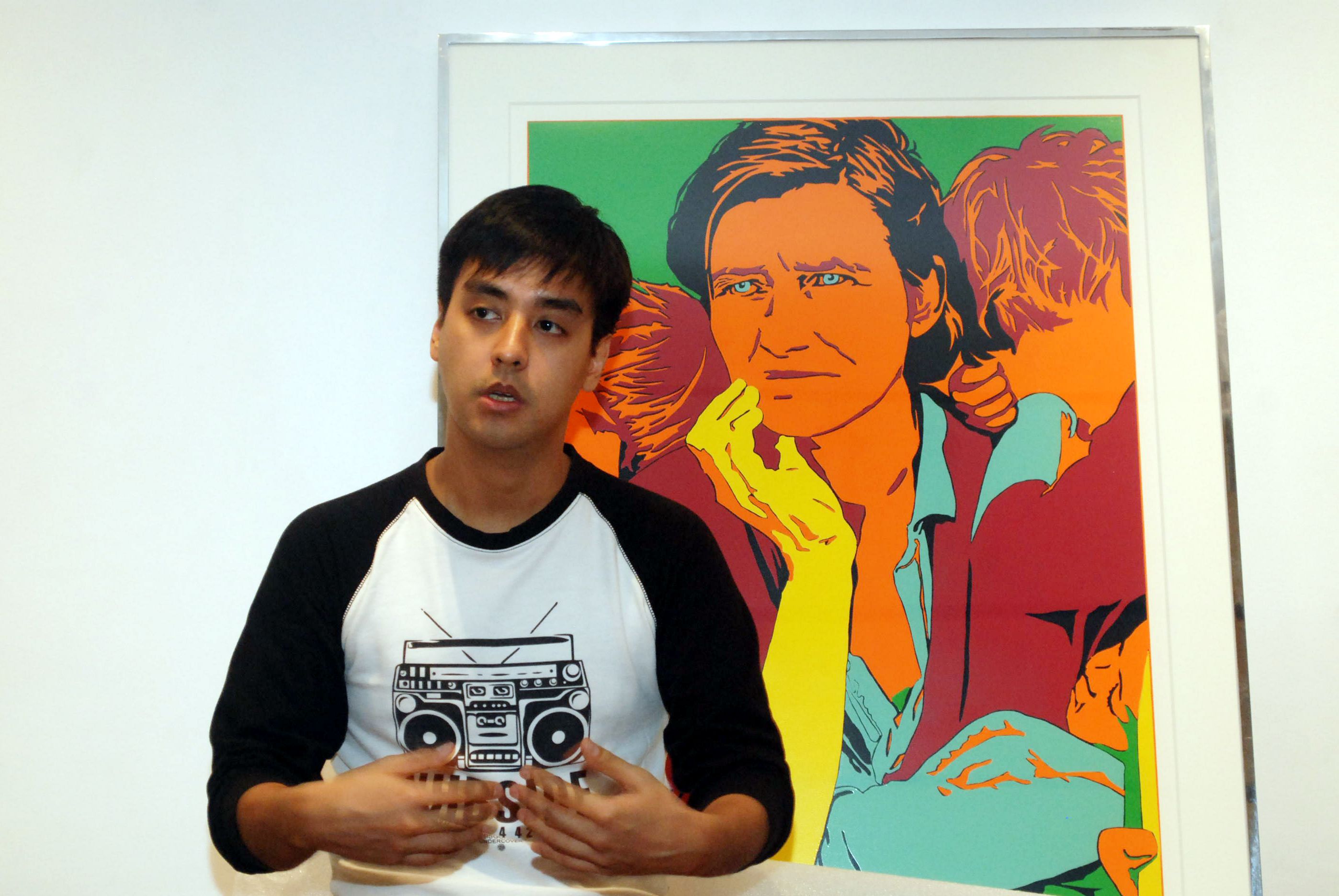THOUGH assured of anonymity, survivors of violence often fear being identified in the news footage taken of them. Teaching the women how to handle the technology used in video production puts them in control of the process
SOPHIA* was only in the third grade when the driver of her school service, a long-time family friend, touched her breasts when she was left alone with him in the van one afternoon.
“I wasn’t wearing a bra yet at the time, only an undershirt,” she recalls. She was shocked and tried to avoid him. “But he said he was only touching them. He even smiled as if he had every right to do that to me. I got scared and wondered why he was doing this when I knew who he was and he would even visit our house and chat with my mother. He told me not to tell anyone.”
Another afternoon, while everyone was outside the house, the teenage son of the driver touched her private parts while she sat on a rocking chair. “Just like his father, he told me not to tell anyone. I was confused, scared,” she says.
At a young age, Luna* had already developed the habit of making friends over the phone with people she had yet to meet personally. “The telephone was new to me. I didn’t think it could bring any harm,” she says. She was 11 when she encountered her first phone pal.
After a few phone conversations, he wanted to meet her in person, but Luna knew her parents would not allow her so she refused. He did not force her, but instead asked for help with a “class project.”
Over the phone, he said he was touching and rubbing himself – and would she do the same and tell him how she was feeling? “I did not know what to say. He instructed me to get soap from the bathroom and to insert it into my private parts. I could not do it. I was scared that it would be left inside and that something bad would happen. I could hear his ragged breaths coming out in moans.”
Years later, married and with children, Luna fears that her kids would encounter the same situation.
Meanwhile, Sophia says that though she has tried to bury the breast-touching incident deep in her mind, memories of those afternoons 15 years ago continue to haunt her.
Sophia’s and Luna’s experiences are just two of the 13 stories told on video and produced during the firstDigital Storytelling Workshop for Women’s Online Advocacy. The videos were screened to an audience of gender advocates and students in Miriam College in early December.
The workshop, organized by the Foundation for Media Alternatives (FMA), gave the women an opportunity to share their stories and use digital media as an advocacy tool to raise awareness on violence against women (VAW).
The women created their stories over five days, sharing their experiences with each other, writing down or drawing their recollections, voicing the narration, selecting and editing photographs to serve as visuals, and piecing everything together in a four-minute video format.
Organizers made it a point to use software and tools readily available to most women. The group used free downloadable audio editing and recording software Audacity for story narration and open source image editing software GIMP (short for GNU Image Manipulation Program) to manipulate their drawings or the photographs they had taken or downloaded from royalty-free sites. Videos were edited using Windows Moviemaker, the built-in video editing software included in Microsoft Windows operating systems.
For the storytellers, the process of recalling their personal experiences was painful and sometimes frustrating. “At first I really wasn’t participating, because I had buried those memories in my mind,” shares Sophia, who titled her video piece “Serbis.” “I had to get out of the session because I couldn’t take all the negative energy from the other stories.”
She continues: “When I was finally writing the script for my story, when I got to the part where the driver touched me, I still got the shivers recalling it. But I was able to cry and somehow all the pain was released. I really felt lighter after that.”
Luna agrees that the process of telling their story was very rewarding. “The process was exciting because I’ve long wanted to learn how to make digital stories. But the feeling is really different when it’s your own story that you work on,” she says of the video she produced and titled “Phone Pal.”
“We spent two days trying to get our stories out, and three days on the technical aspect – deciding what music to use, selecting photographs, and choosing the right words to relay our feelings in our stories,” says Luna.
Luna jokes that the participants worked on their videos like they were in pursuit of a FAMAS, referring to the Philippine cinema awards. “We were very emotional. I felt that I was able to share my concerns as a parent on what children should watch out for,” she says.
Women’s rights and gender advocate Aida Santos-Maranan says that workshops like these, which draw out stories of violence and abuse, really have a healing element. “At first the women were very defensive, saying they had no stories of violence,” says Maranan. “But when they got more comfortable and were assured that they would not be stigmatized, they opened up. Through the process, they saw that other women had similar experiences and they realized that they had nothing to be ashamed of.”
Maranan says that she and fellow organizers were surprised to find that the stories showed a range of violence, confusion, survival, hope and determination, which the women courageously shared.
“I think this type of digital storytelling exercise is very helpful, particularly for younger audiences who are more adept at using new technology,” she says, adding how it could inspire students to tell their own stories.
Some participants also see this as a good exercise and training for survivors of violence, trafficking, and abuse to tell their own stories.
“I think it would be very empowering for them,” says Luna. “When documentaries and news coverage is done on cases of violence, often women are told that they will be anonymous, but there’s always the fear that news footage or photos could somehow reveal their identity. Teaching the women how to handle technology will put them more in control of the process.”
According to data from the Philippine Commission on Women, the number of VAW cases reported to police rose by 37.4 percent in 2009 from the previous year. Globally, at least one out of every three women has been beaten, coerced into sex or otherwise abused in her lifetime—with the abuser usually being someone known to her, according to UNIFEM.
The Digital Storytelling workshop was part of the country’s 18 Days of Activism Against Gender-Based Violence held every year from November 25 to December 12, and the Take Back the Tech Campaign, a global initiative to strengthen women’s use of information and communication technologies (ICTs) to fight violence against women. Women’s Feature Service










































